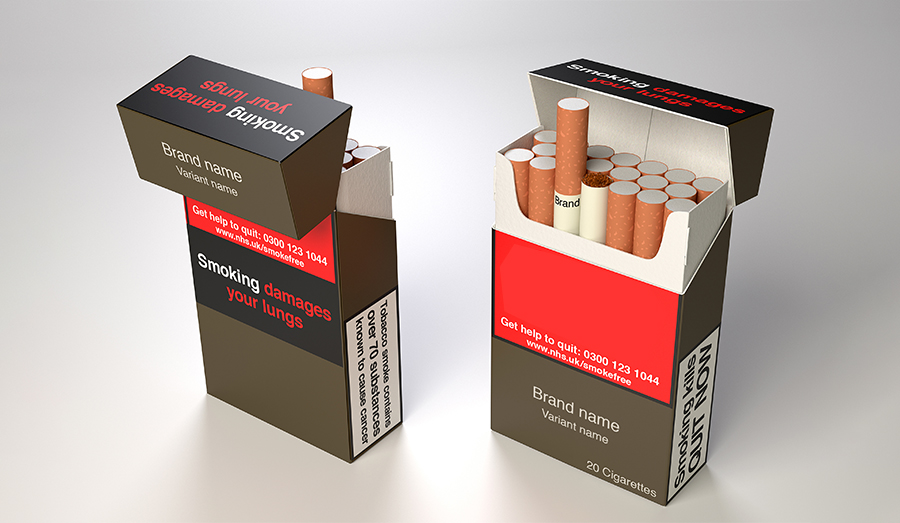How Many Cigarettes in a Packet – A Complete Guide
Understanding how many cigarettes in a packet might seem like a small detail, but it is actually connected to rules, health awareness, market trends, and personal habits. People often ask this question when they are comparing brands, planning a budget, or simply curious about how cigarette packaging works in different countries.
This guide will explore the topic in depth, from the standard number of cigarettes in a packet to the reasons behind the variation, and even the impact on smokers and the tobacco industry.
The Common Number of Cigarettes in a Packet
In many countries, the most common answer to how many cigarettes in a packet is 20. This has become the standard for decades, especially in places where cigarette packaging follows strict manufacturing guidelines.
A packet of 20 cigarettes is often seen as the right balance between affordability for the buyer and profitability for the manufacturer. It also makes it easier for governments to set tax rates per pack.
Why 20 Became the Standard Size
When looking at how many cigarettes in a packet historically, early manufacturers experimented with various sizes. Eventually, 20 cigarettes per pack became the norm for several reasons:
- Convenience – Small enough to fit into a pocket or purse.
- Pricing Strategy – Affordable for daily or occasional smokers.
- Taxation and Regulation – Governments could set a fixed tax rate per pack.
- Consumer Habit – Smokers got used to buying packs of 20, and the habit reinforced the market standard.
Variations Around the World
Although 20 is the most common number, the answer to how many cigarettes in a packet is not always the same everywhere. Different countries and brands may sell packs with:
- 10 cigarettes – Often marketed as a cheaper, smaller option for those who smoke less.
- 25 cigarettes – Common in some countries like Australia and Canada, providing a larger quantity for regular smokers.
- 30 or more cigarettes – Found in certain regions, sometimes in economy packs.
The variation is usually influenced by local laws, tobacco industry marketing, and consumer demand.
How Packaging Laws Affect Packet Sizes
In countries with strict tobacco control laws, the number of cigarettes in a packet can be regulated by the government. These regulations may set a minimum pack size to discourage smoking among young people.
For example, in some regions, selling packets with fewer than 20 cigarettes is banned, making the answer to how many cigarettes in a packet always 20 or more. The idea is that larger packs cost more, making them less attractive to new smokers.
The Role of Branding and Marketing
When companies decide how many cigarettes in a packet they will sell, they also think about how it will appeal to their target audience. A smaller pack might be marketed as a “light” choice for casual smokers, while larger packs might be promoted as “value for money” for heavy smokers.
The number of cigarettes in a packet can be part of the brand’s identity, helping consumers instantly recognize the product.
The Cost Factor
Price is one of the biggest reasons people ask how many cigarettes in a packet. The more cigarettes in the pack, the more expensive it usually is, but the cost per cigarette might be lower in bigger packs.
For example:
- A pack of 10 might cost less overall, but more per cigarette.
- A pack of 25 might be more expensive, but offer better value for heavy smokers.
Smokers who are trying to control their budget often pay close attention to this detail.
Health Implications of Packet Size
While how many cigarettes in a packet is mostly about numbers and pricing, it also has a health angle. Larger packs may encourage higher consumption, as smokers tend to smoke more when they have more readily available.
On the other hand, smaller packs may make it easier for someone to cut down. This is why some health advocates argue for limiting pack sizes as part of smoking reduction programs.
Changes Over Time
Decades ago, the question of how many cigarettes in a packet had a wider variety of answers. Some brands sold 15, some sold 18, and others sold 20 or more. Over time, consumer preferences and legal rules shaped the market toward standardized pack sizes.
Today, global trade and international regulations have reduced the variety, making it easier for governments to track sales and apply tobacco taxes.
How to Check the Number of Cigarettes in a Packet
If you ever find yourself unsure about how many cigarettes in a packet you are buying, there are simple ways to check:
- Read the Label – Most countries require manufacturers to clearly display the number on the packet.
- Ask the Seller – Especially in markets where multiple pack sizes are available.
- Know the Local Standards – Once you know the usual size in your area, you can spot unusual packs easily.
Why the Question Matters
Knowing how many cigarettes in a packet can help people make informed decisions, whether they are smokers, health professionals, or simply curious about industry practices. It also reflects how a simple number can be tied to marketing, law, and public health.
Final Thoughts
The answer to how many cigarettes in a packet depends on where you live, which brand you buy, and the laws in place. While 20 is the most common number, variations exist due to market demand, health policies, and consumer habits.
Understanding this simple detail can give you insight into the broader picture of how smoking is regulated and marketed worldwide. Whether you are a smoker, someone researching tobacco trends, or just curious, knowing the answer is part of understanding the world of cigarettes.





